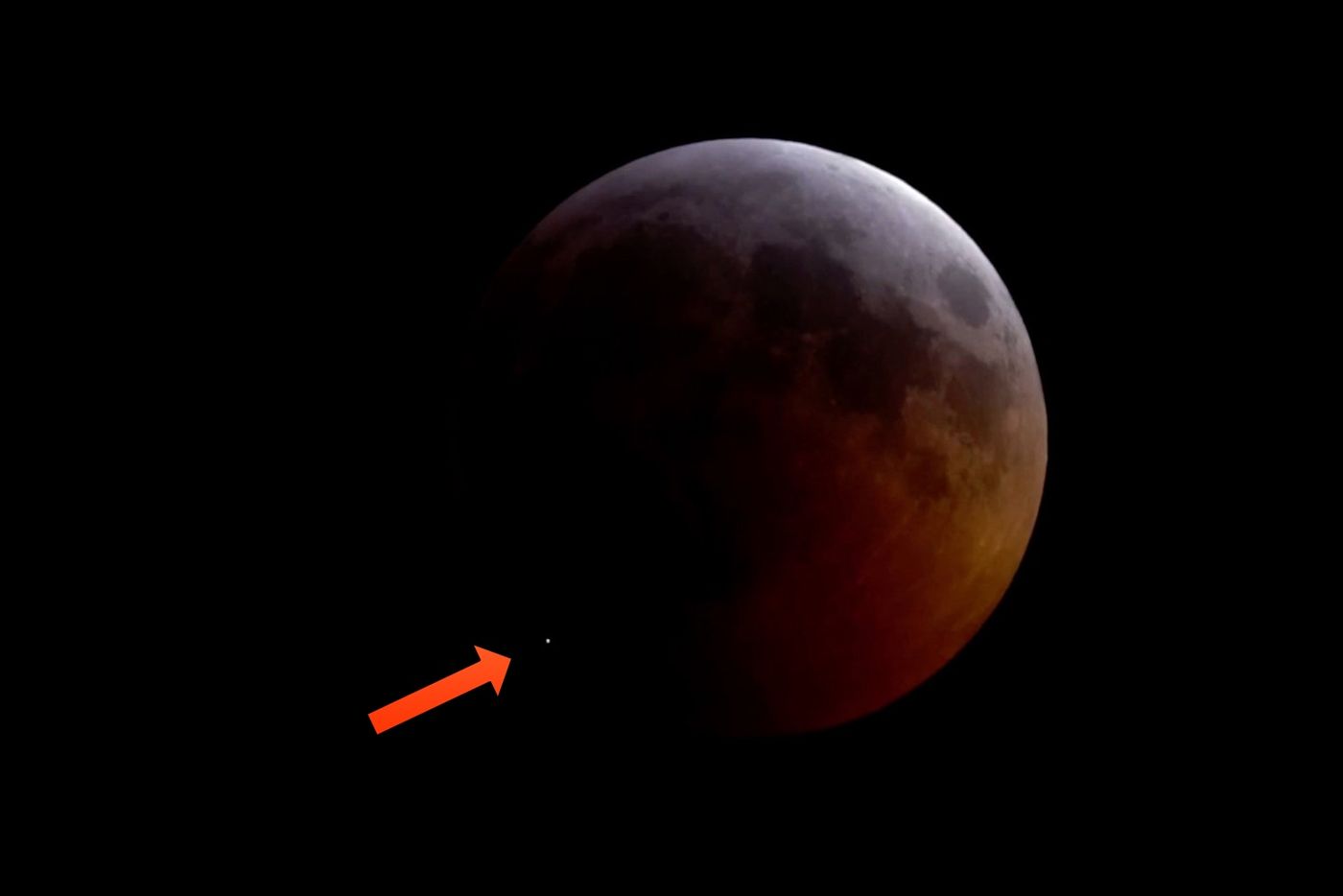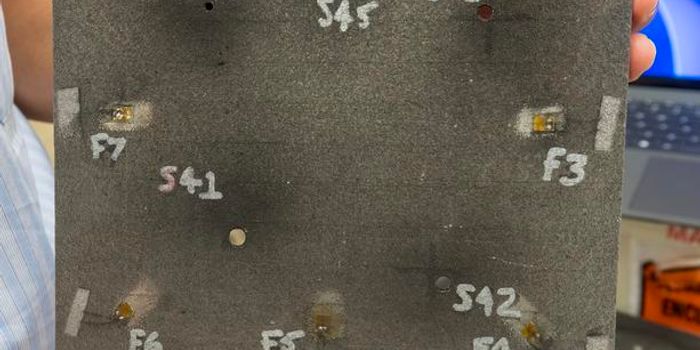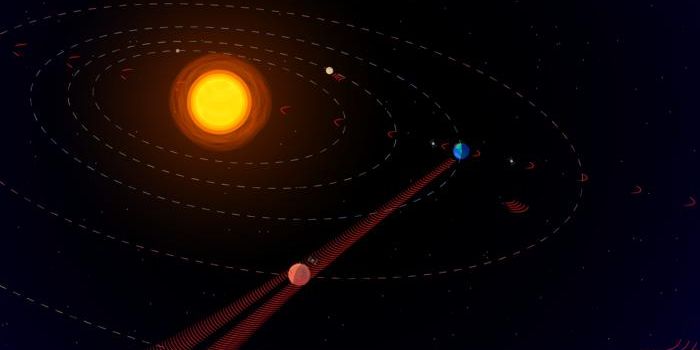Astronomers Probe the Meteorite That Slammed Into the Moon During January's Lunar Eclipse
The lunar eclipse that took place on January 21st was captivating, not only because these kinds of events can be exciting to observe with telescopes and with the naked eye, but because something unusual happened during this particular lunar eclipse that many amateur and professional astronomers captured in their telescopes’ viewfinders.
Indeed, while the clear majority of backyard astronomers were merely peering at the lunar eclipse for a quick glimpse, the pros were focusing specialized telescopes like Spain’s Moon Impacts Detection and Analysis System (MIDAS) on the Moon in an attempt to capture a meteorite impact at the time of the event. Astonishingly, they succeeded.
Image Credit: J. M. Madiedo / MIDAS
Just as the descriptive name implies, MIDAS was explicitly designed to observe and analyze lunar impacts of this nature. Astronomers use MIDAS regularly, but especially during lunar eclipse events because the dimly-lit circumstances are especially ideal for these types of observations since the bright flashes that transpire during impact are exceptionally visible.
Related: When will the next solar eclipse be in the United States?
The space rock that slammed into the Moon that night did so just after totality and produced a flash bright enough to be seen with the naked eye. With that in mind, you can probably only imagine just how visible it must’ve been with the aid of a full-fledged telescope system.
Here's a short video depicting the impact:
The astronomers responsible for capturing the lunar eclipse-centric meteorite impact with MIDAS have since conducted a detailed analysis of the footage to learn more about the object that slammed into the Moon that night. Their findings are now published in the Monthly Notices of the Royal Astronomical Society.
According to the paper, the impact occurred at a break-neck speed of around 61,000 kilometers per hour. The space rock wasn’t slowed down much (if any) as it hurtled toward the lunar surface because the Moon lacks a robust atmosphere like the Earth’s.
MIDAS observed the impact using various wavelengths of light, which made it possible for the astronomers to discern more about the space rock that slammed into the Moon that night. Their calculations suggest that the space rock sported a mass of about 45 grams and that it measured anywhere from 30 to 60 centimeters across.
These figures might seem insignificant at first glance, but you’d be wise to think again; anything that size traveling 22 times faster than a bullet is sure to put a sting on anything that it slams into, and that it did. The astronomers think that the impact produced energy comparable to 1.5 metric tons of TNT and that it resulted in an impact crater measuring up to 15 meters across.
"It would be impossible to reproduce these high-speed collisions in a lab on Earth," elucidated study lead author Prof. Jose Maria Madiedo from the University of Huelva. "Observing flashes is a great way to test our ideas on exactly what happens when a meteorite collides with the Moon."
Related: The minerals inside this meteorite could reveal clues about the early solar system
Inspired by their recent success in capturing a lunar surface impact during a lunar eclipse for the first time, the team says that they’ll continue monitoring the Moon for impacts during upcoming lunar eclipses to learn more about these impacts.
Source: EurekAlert, Monthly Notices of the Royal Astronomical Society









